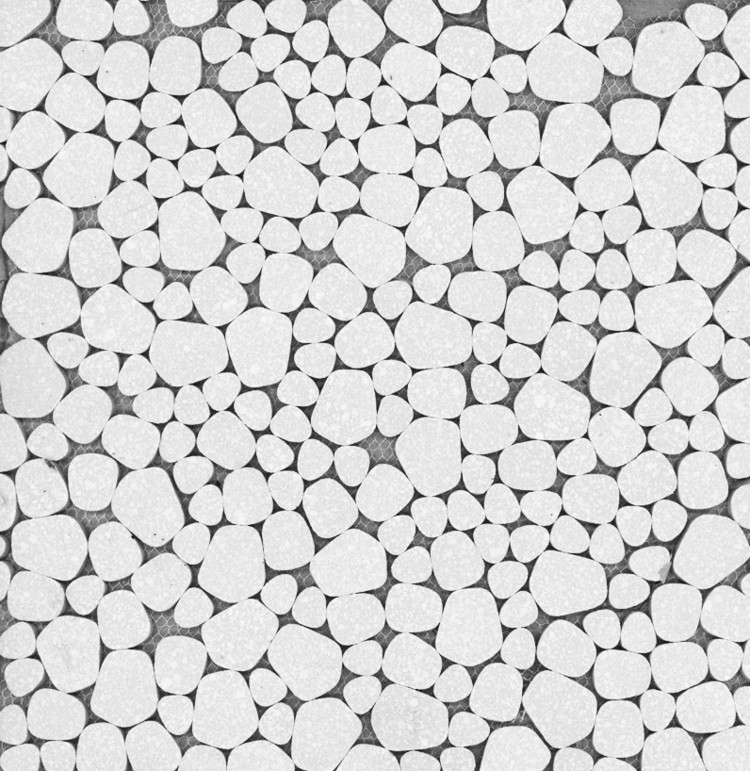
New Harmony Grotto, by METALAB Architecture + Fabrication, is a reinterpretation of avant garde architect Frederick Kielser’s Grotto for Meditation. With the growing genre of architecture generated by biomorphic design and biomimetic processes, a reevaluation of Kiesler’s work is ever more timely. During the mid-20th century he became increasingly occupied with the relationship of structure and natural form in architecture. The Cave of the New Being (also known as the Grotto for Meditation), proposed in the 1960s for New Harmony, Indiana, represented the designer’s pièce de résistance, embodying all of the intellectual currents of his era, from surrealism to biotechnics, yet it was never realized.




















